Thames Path - Kew Bridge to Battersea Park
22 December 2007
It seems like a long time since we'd been on the Thames Path, but it is only
seven weeks since our walk from Windsor to Chertsey. Today we picked up the
route at Kew Bridge, which we reached in May, and continued through western
London to Battersea. The Thames Path is actually two paths in London - one on
the north bank and one on the south: we took the southern path for today's walk.
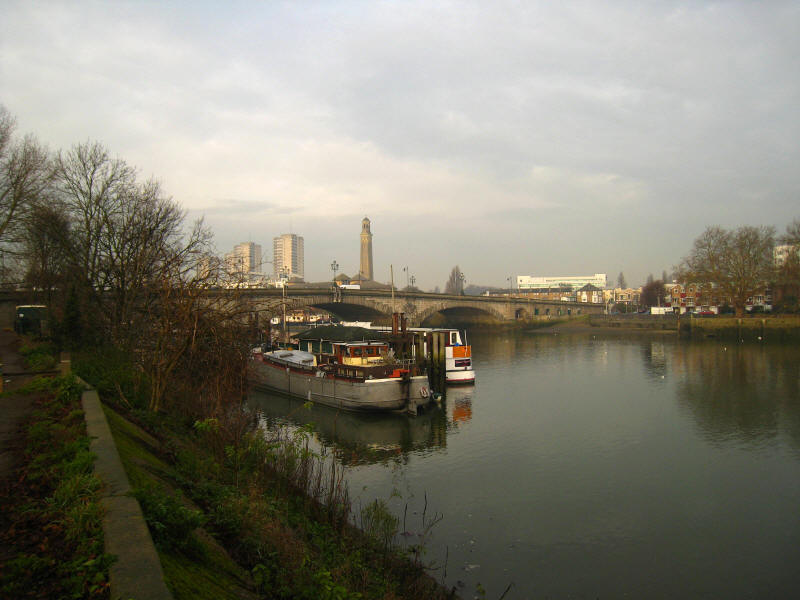
Looking back to Kew Bridge, designed by John Wolfe-Barry and opened in 1903. The
splendid tower behind is at the Kew Bridge Steam Museum where steam engines at
the Grand Junction Waterworks (part of the Grand Junction Canal Company) once
pumped much of west London's water supplies.
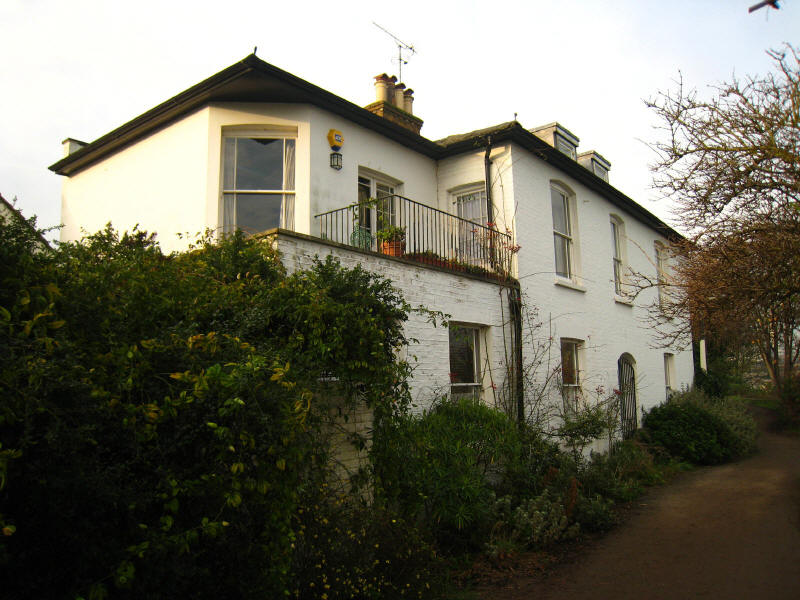
A former toll house, complete with flood marker on the wall below the window. As
we progressed along today's walk, the tide gradually rose, and it was a good
demonstration of how vulnerable to flooding London is, or would be without an
effective Thames Flood Barrier.
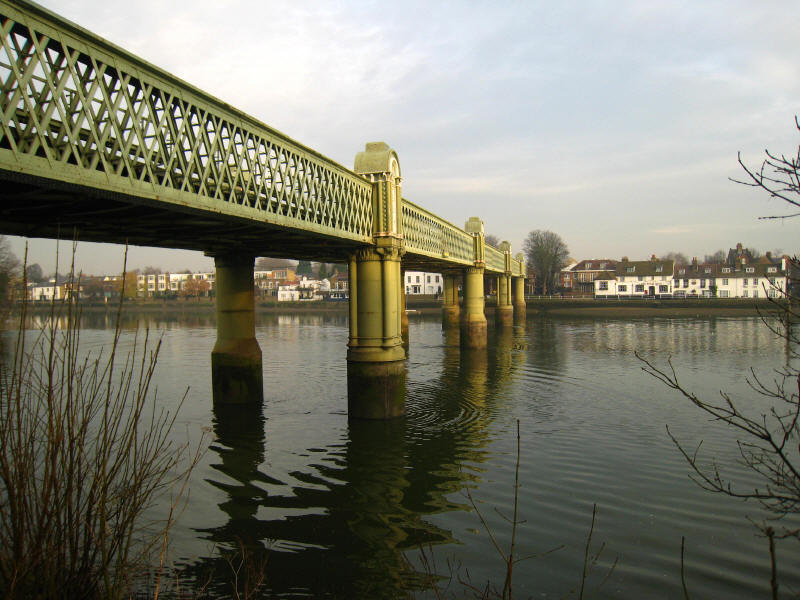
Kew Railway Bridge, built for the London and South Western Railway and opened in
1869. It consists of five wrought iron lattice girder spans of 35 metres each.
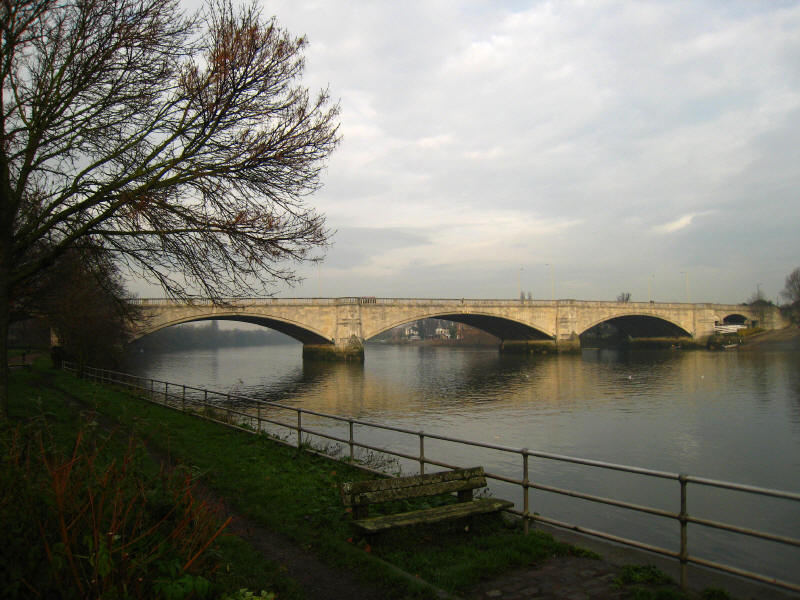
Next we come to Chiswick Bridge. Somewhere about here (or to be exact 112 metres
downstream of the bridge) is the finish of the Boat Race course. The bridge was
opened in 1933 and is made of reinforced concrete clad in Portland stone.
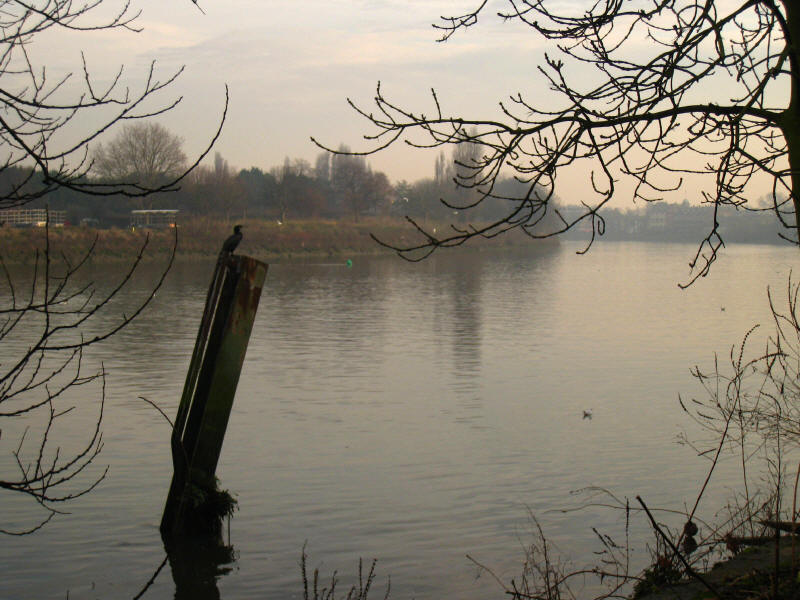
A bird watches the river
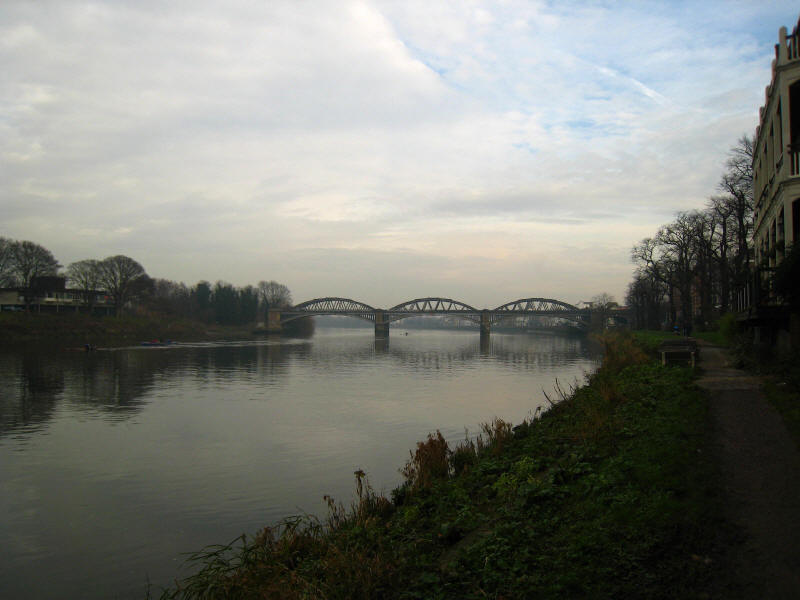
As we pass along the back of Mortlake, we approach the next bridge, Barnes
Railway Bridge, opened in 1849 and substantially rebuilt in 1895.
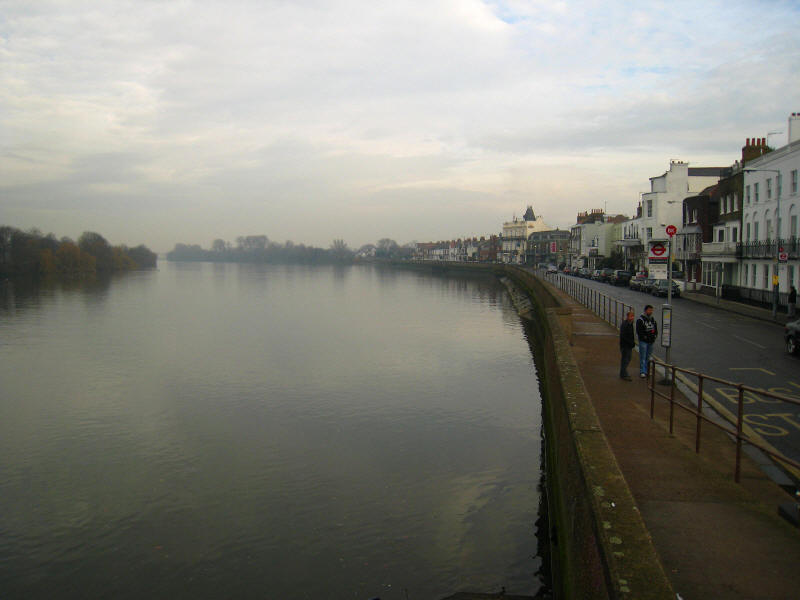
The route then passes along Barnes Terrace with an attractive array of houses
looking out across a slightly misty river
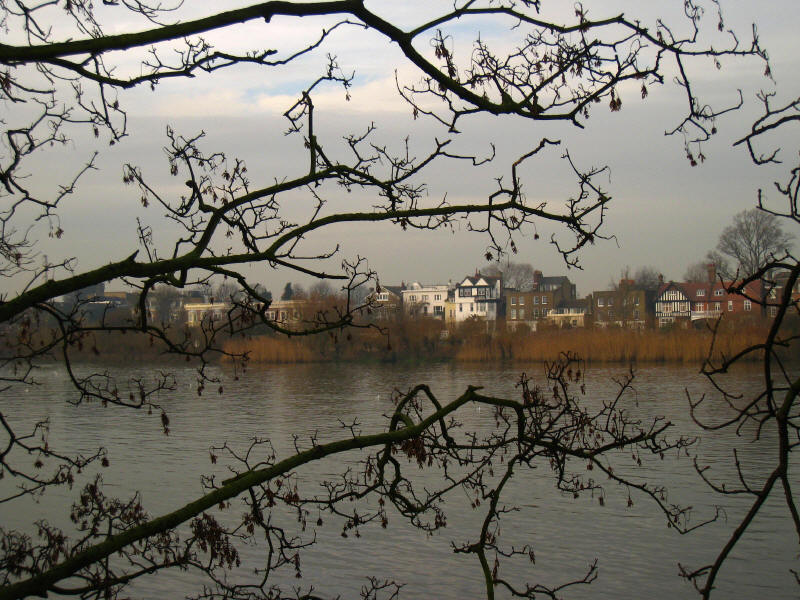
Looking across the river to more attractive houses in Chiswick
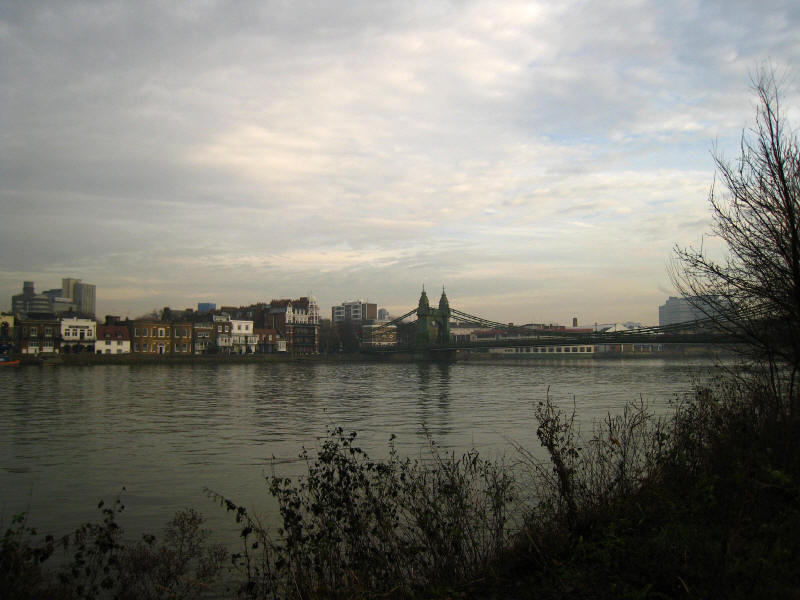
Next comes Hammersmith Bridge, a suspension bridge designed by Sir Joseph
Bazalgette and opened in 1887. Irish terrorists have tried to destroy the bridge
three times (in 1939, 1996 and 2000).
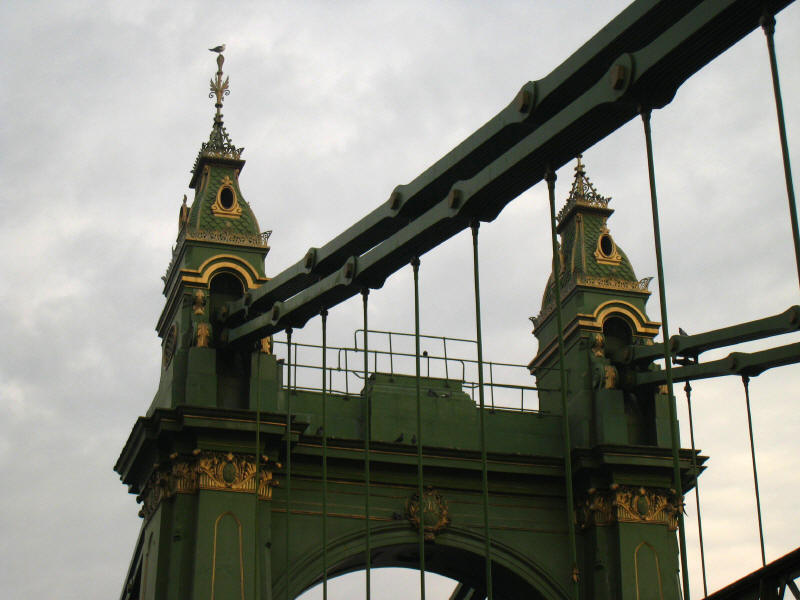
A close-up of the southern tower
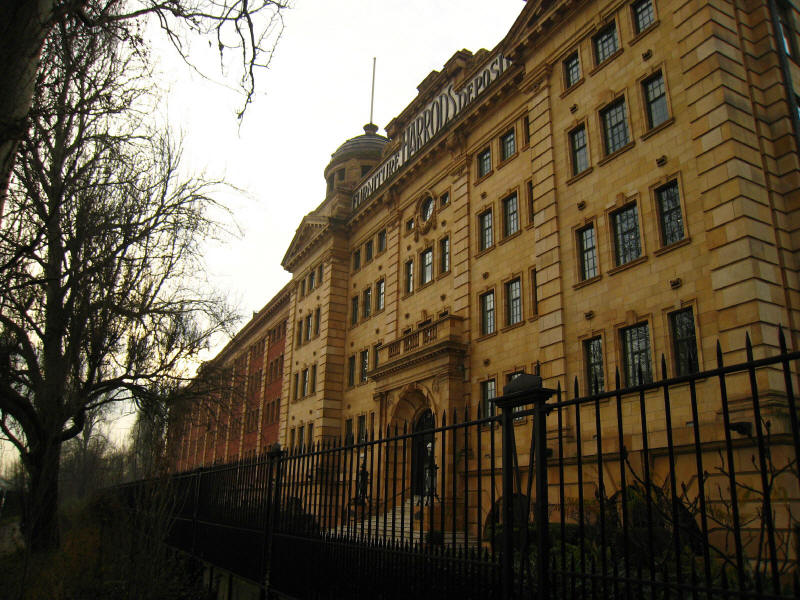
Harrod's Furniture Depository is a grand building, now converted to apartments.
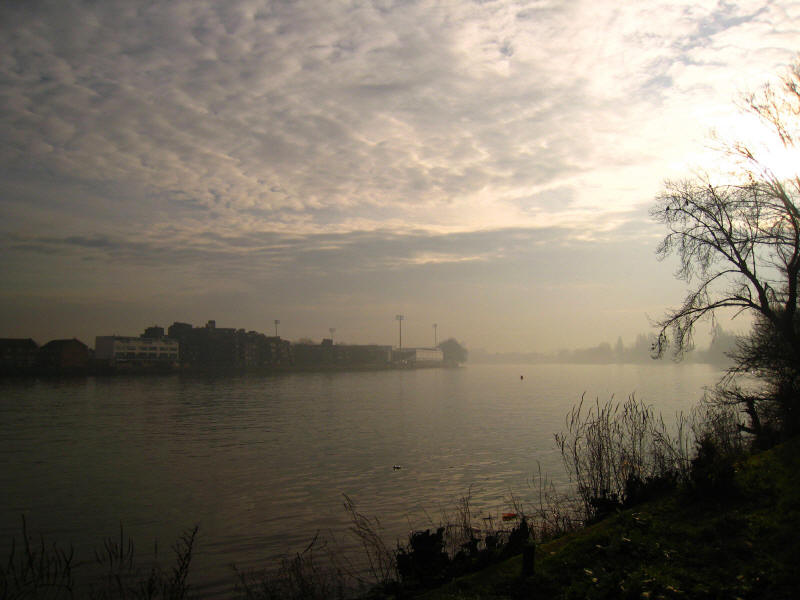
Today's low wintry sun combined with thin mists to give some lovely light
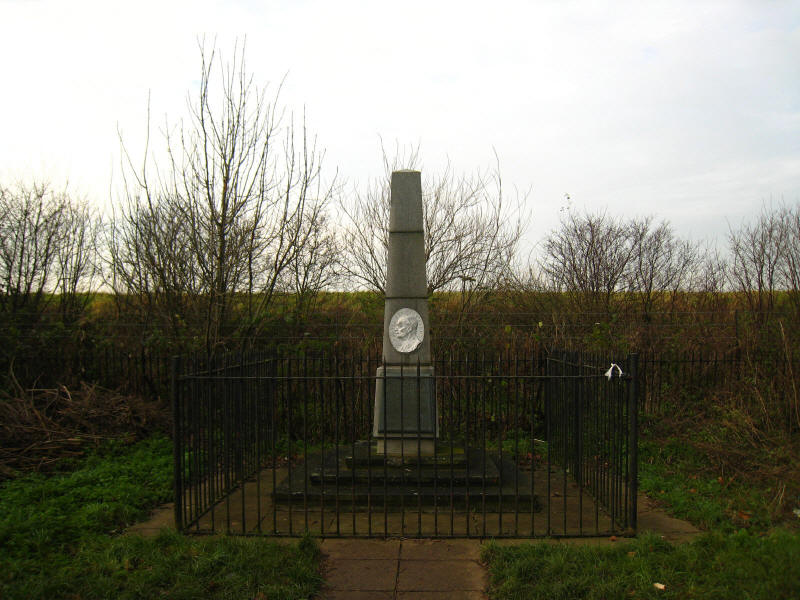
A memorial to Steve Fairbairn, famous oarsman and coach, and founder of the Head
of the River Race. It is located exactly one mile from the start of the Boat
Race course.
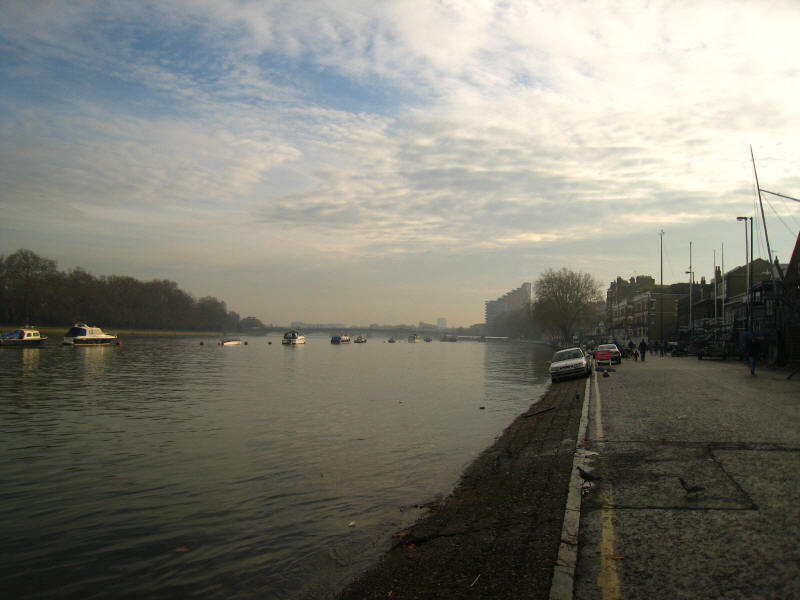
As we walk along the riverfront at Putney, the water level is approaching the
road - and the cars parked on the slipway.
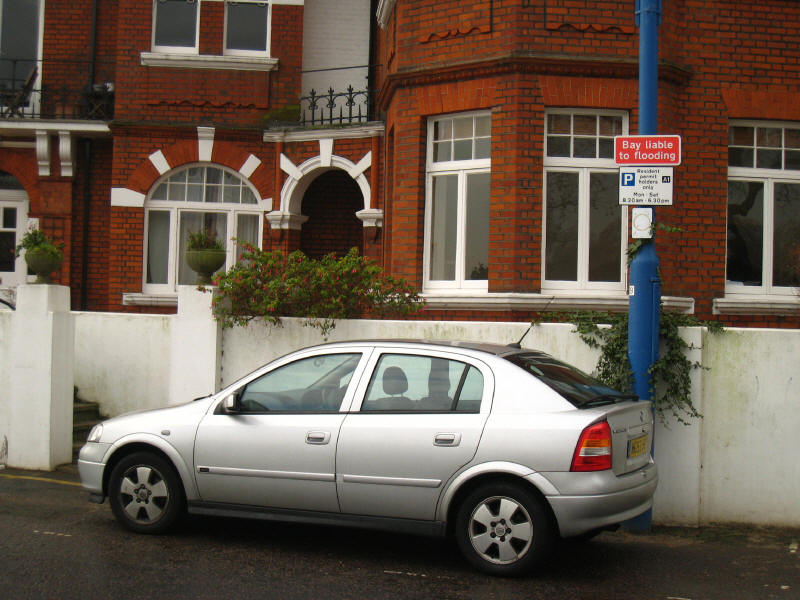
"Bay liable to flooding"!
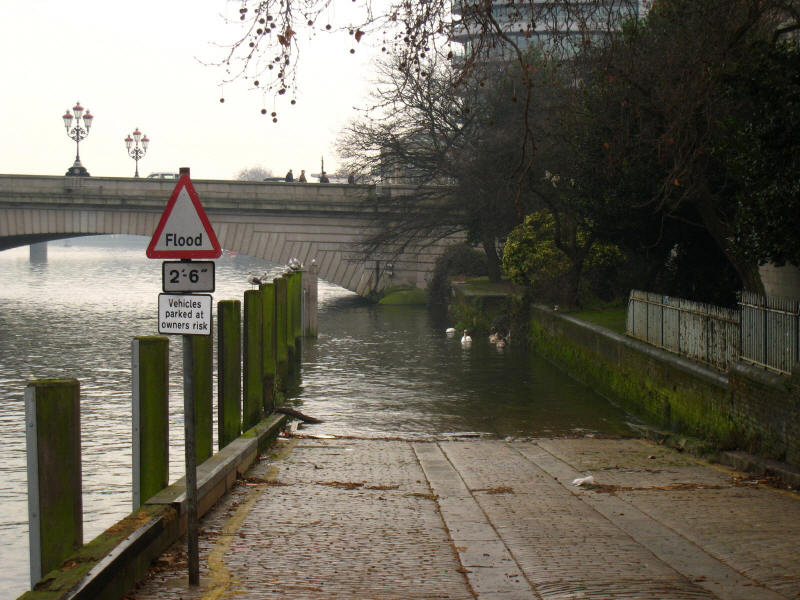
Definitely a road sign to take notice of.
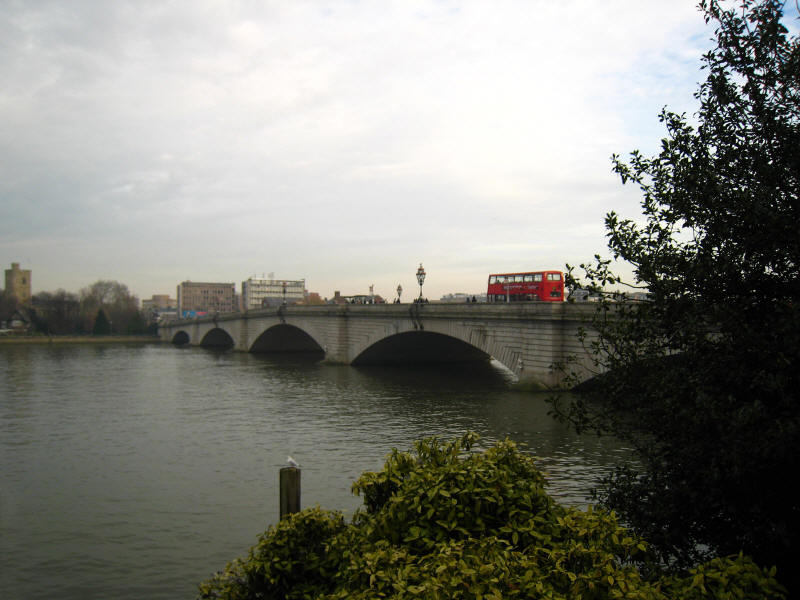
The next bridge is Putney Bridge. It is another bridge designed by the
Metropolitan Board of Works' engineer Sir Joseph Bazalgette, and was opened in
1886.
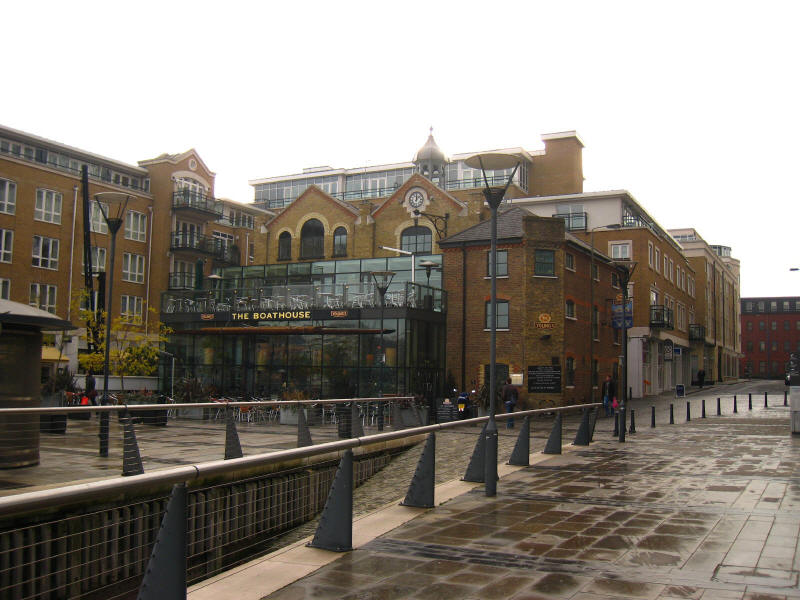
At Putney we bid fond farewell to the towpath which has accompanied the river
from Lechlade. From here on the Thames Path must make do with whatever
waterfront is available to it, and so we get to see more of the city behind the
river. Having walked around three sides of St Mary the Virgin church, modern
developments allow us to return to the waterfront for a short while.
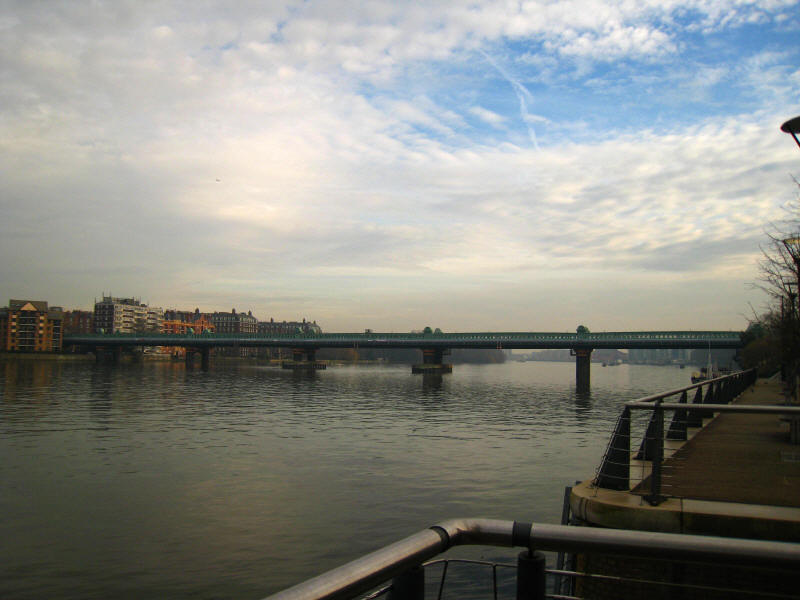
Modern planning rules mean that every time waterside properties are redeveloped,
a condition is that there is public access to the riverside, and so gradually
the public is gaining more waterfront. From this new walkway, we look to Fulham
Railway Bridge - it dates from 1889 and carries the District Line.
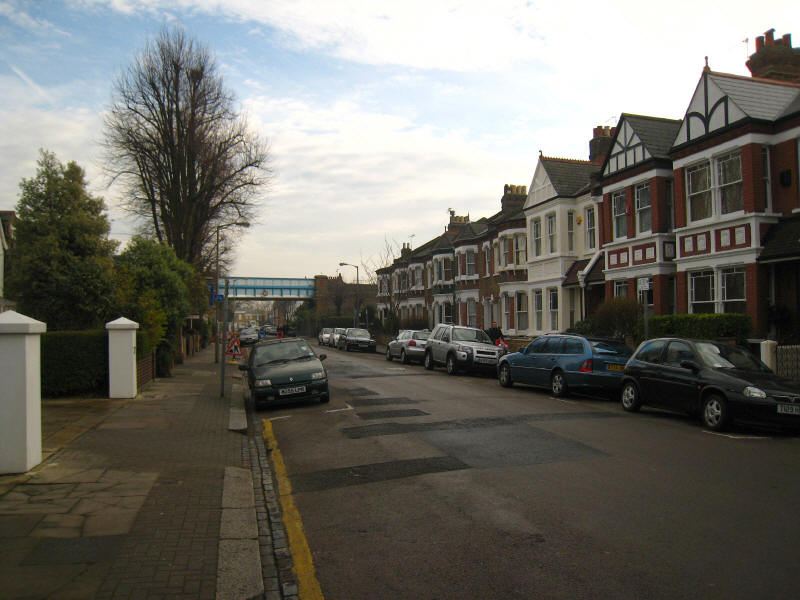
We then divert into suburbia for a little while
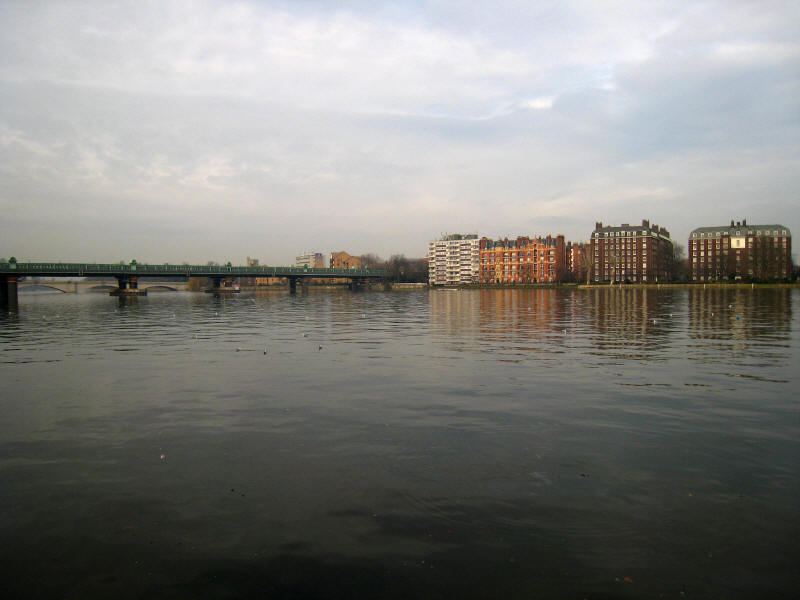
...before emerging downstream of the railway bridge. As high tide nears, the
river is starting to become calmer
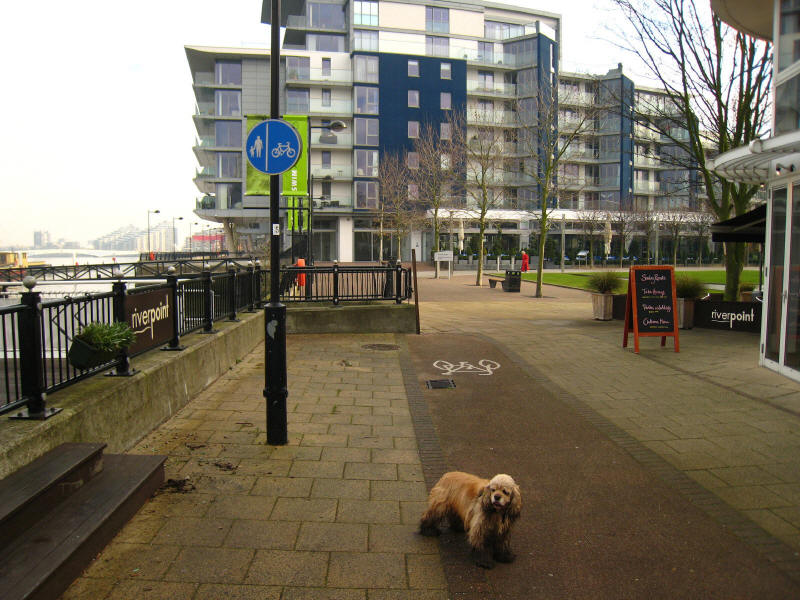
More new waterfront access, but with a stupidly placed sign - what exactly are
the pedestrians supposed to do?. Indeed, do urban planners really think that
painting bicycles on the pavement helps anyone? In practice, this is a mixed-use
path, and pedestrians and cyclists need to be cautious of each other, but by
giving the false expectation that the two types of voyagers will be kept apart,
risk is likely to be increased through over-confidence rather than reduced.
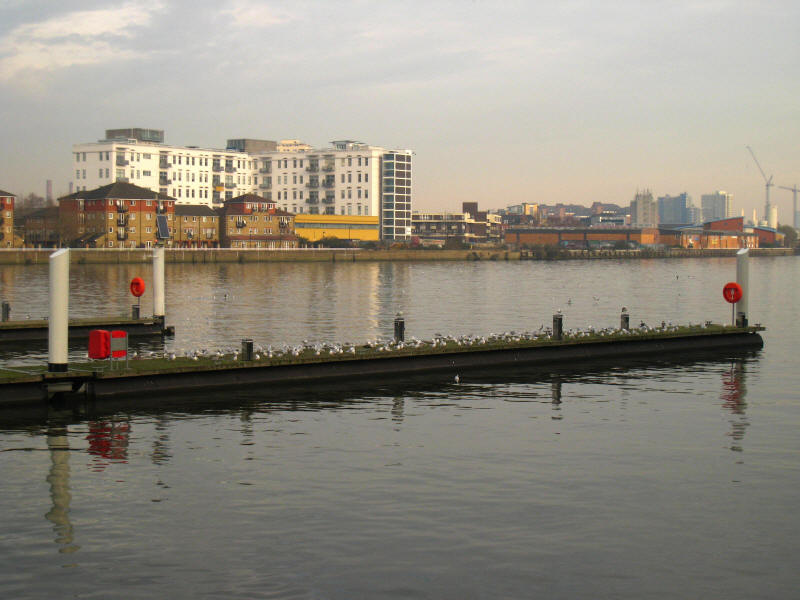
Gulls watch the river reach its high point.
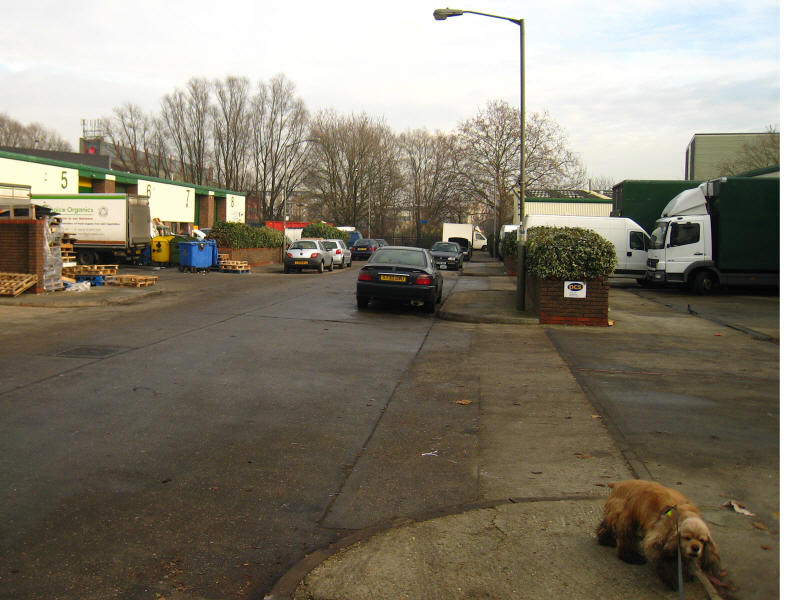
Meanwhile we are sent on a less than scenic route through an industrial estate
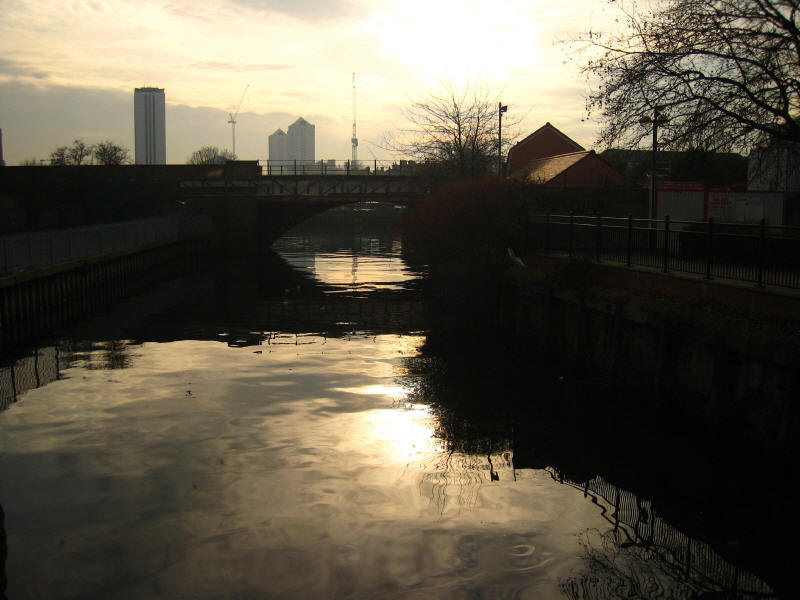
Looking up the River Wandle
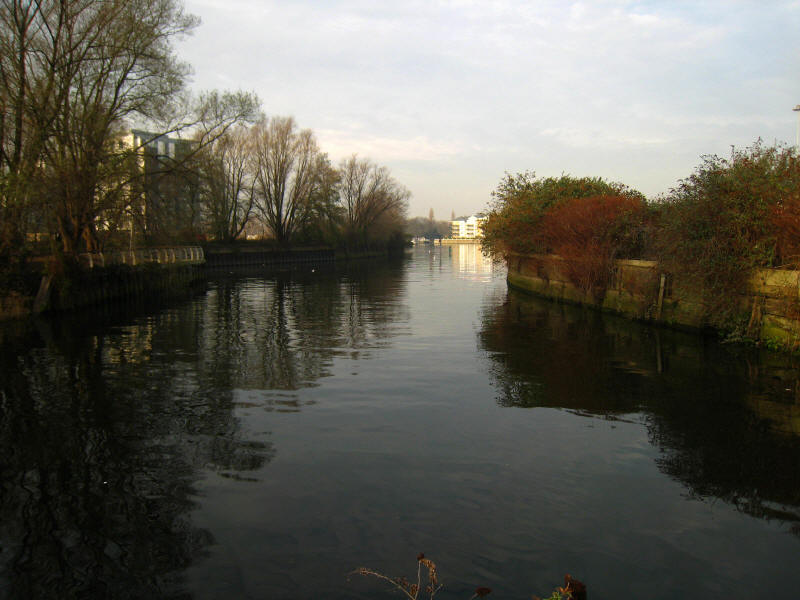
The Wandle enters the Thames: this was once a marshy delta, and a tide mill
stood to the right of the photograph until 1892.
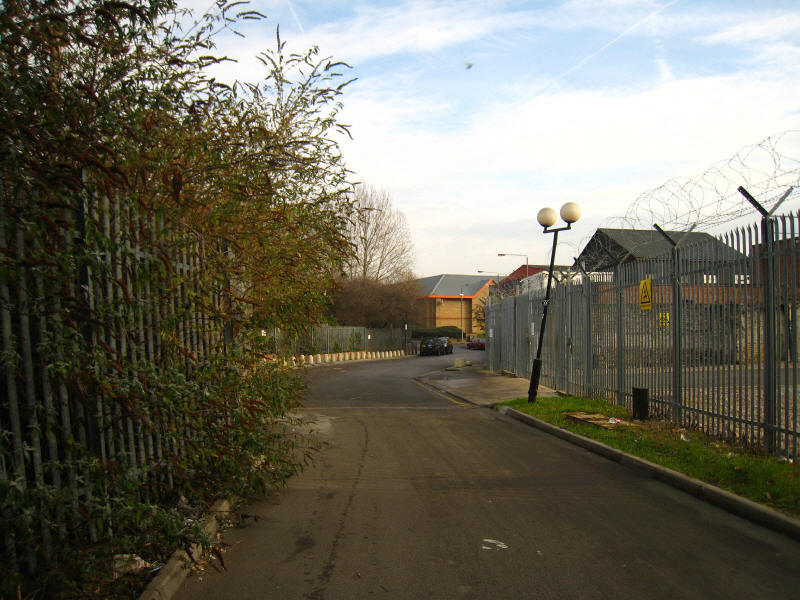
Not the most scenic bit of the Thames Path
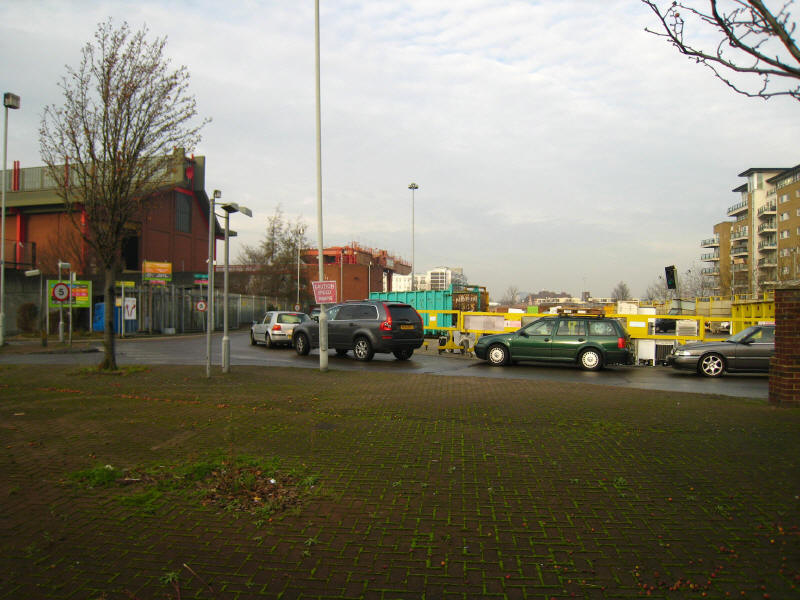
A rubbish dump - remarkably with flats built next to it with balconies
overlooking the rubbish dump.
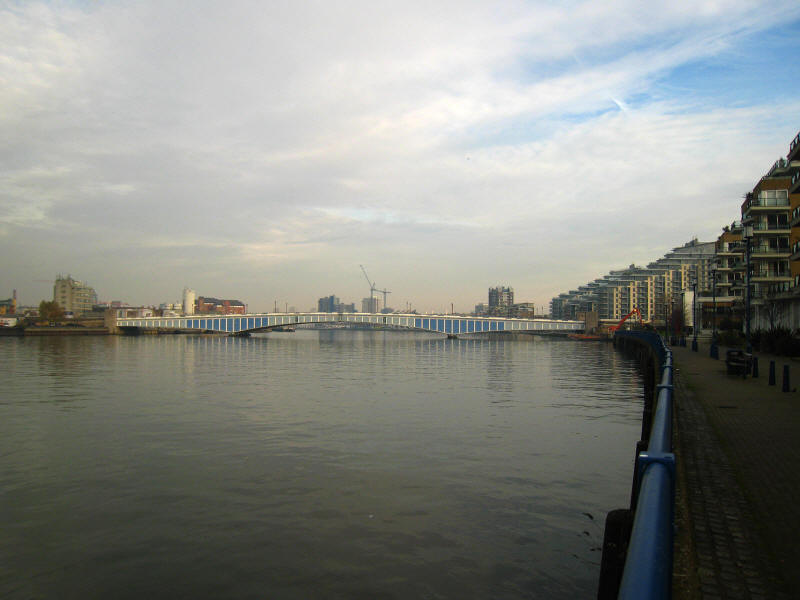
We return to the riverfront, and approach Wandsworth Bridge. Reported to be the
busiest bridge in London, it opened in 1940.
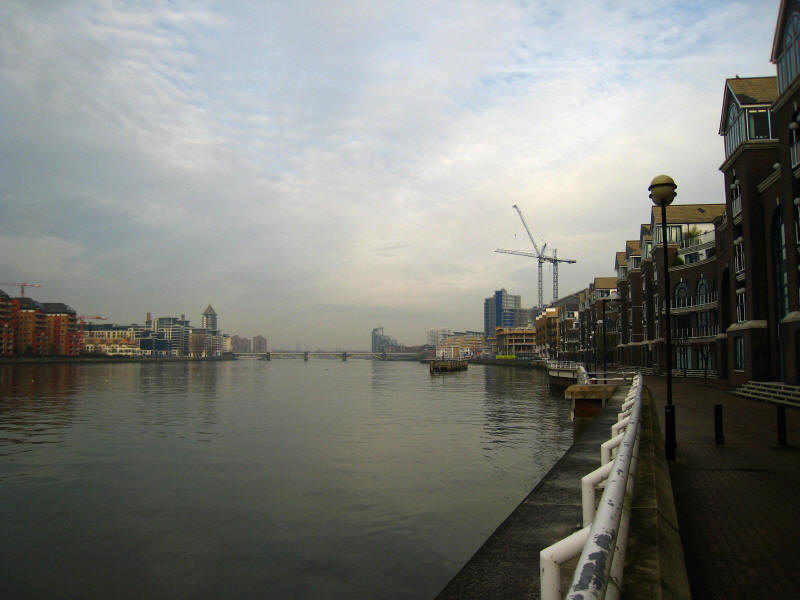
We now pass the Clapham Junction area along more newly opened walkways. What a
beautiful day, with lovely reflections on the relatively still water
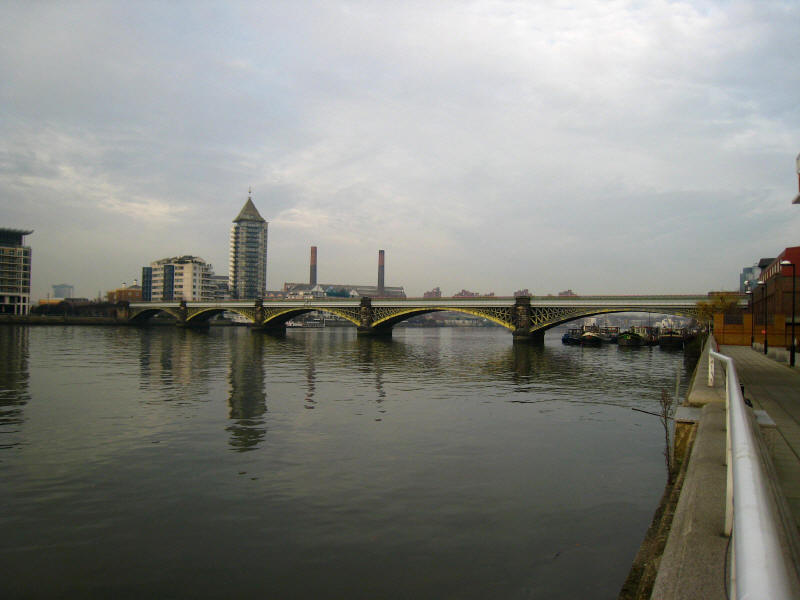
Battersea Railway Bridge, or officially the Cremorne Bridge, carries the West
London Line and was opened in 1863. The tower behind is part of the Chelsea
Marina development.
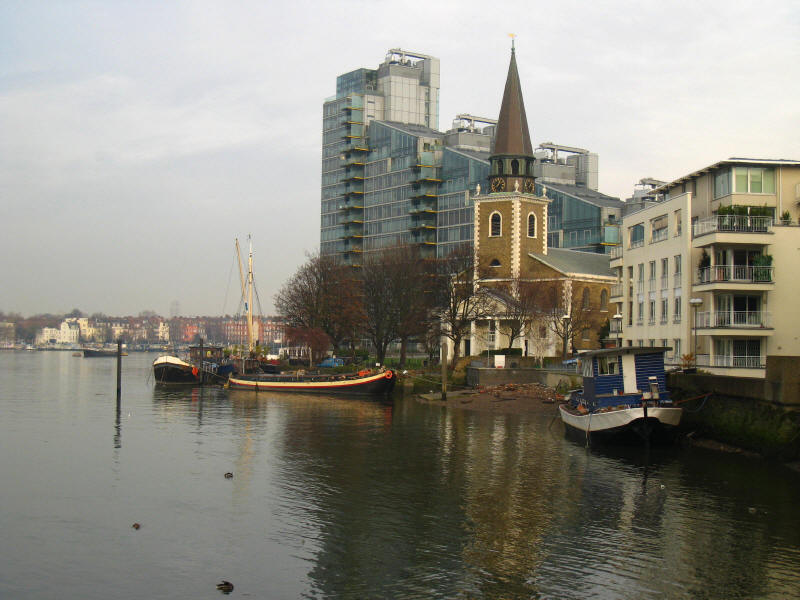
The 18th-century church of St Mary's is rather lost among the modern apartments,
but still looks attractive with its splendid spire.
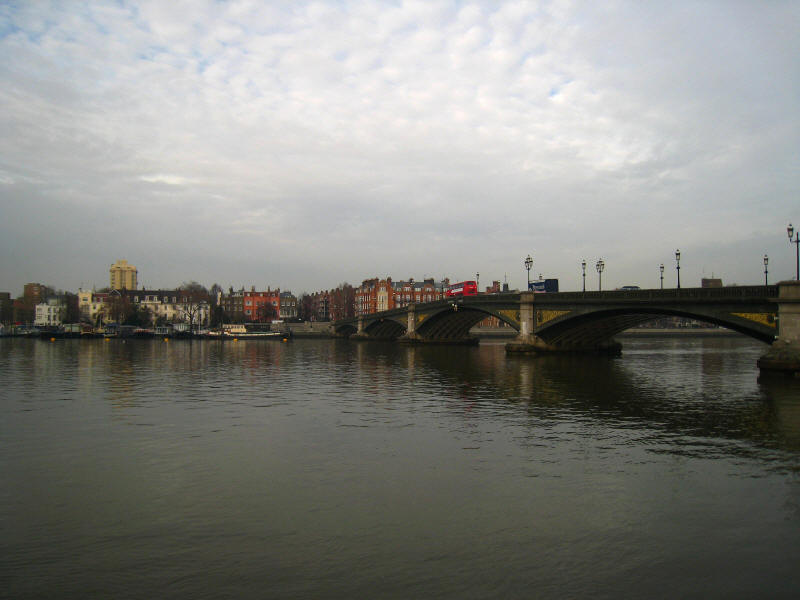
The next bridge is Battersea Bridge, another of the Metropolitan Board of Works'
chief engineer Sir Joseph Bazalgette's bridges, opened in 1890. It is composed
of five wrought iron and steel cantilever spans supported on granite piers.
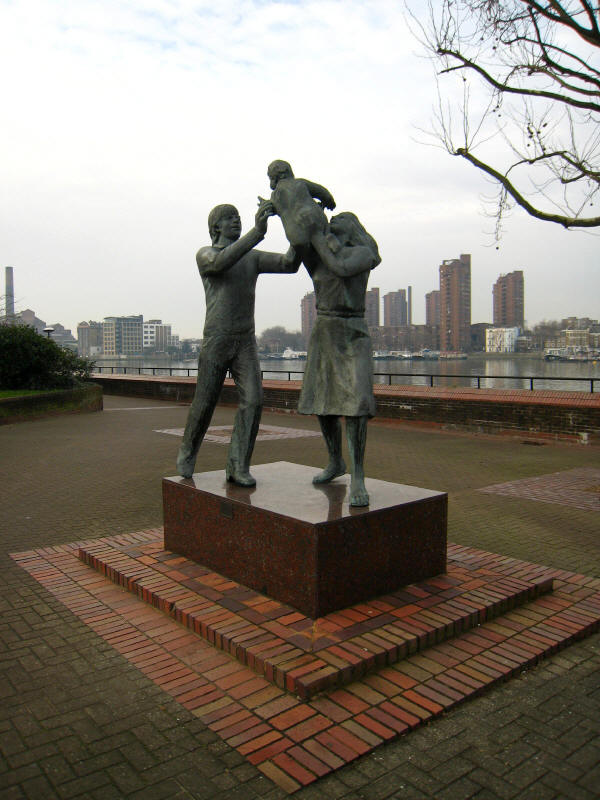
The sculpture is called In Town and is by John Ravera.
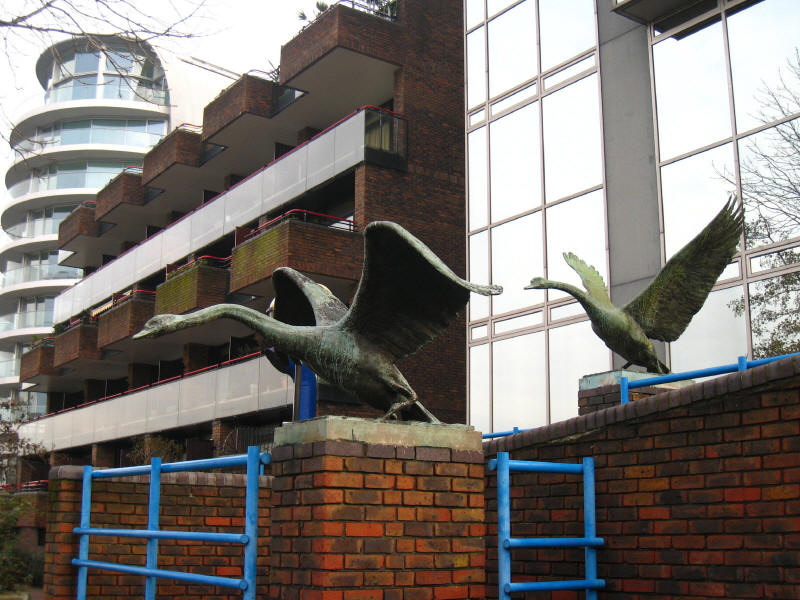
Two swans taking off
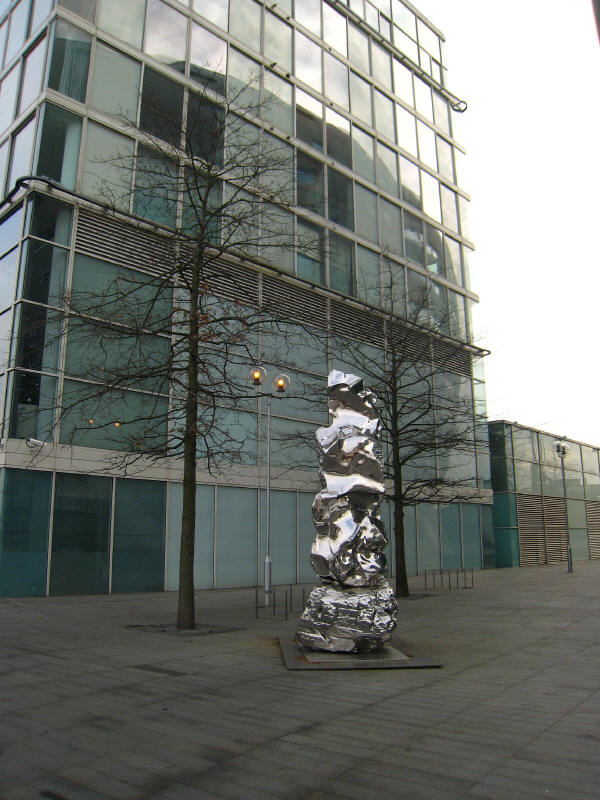
And more art - it is a shame the surroundings are so bleak
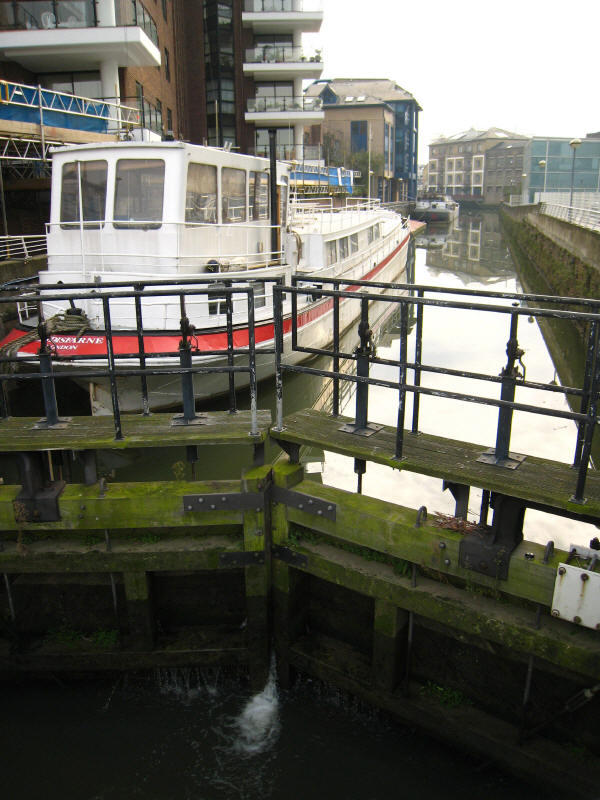
An old wharf provides moorings for houseboats.
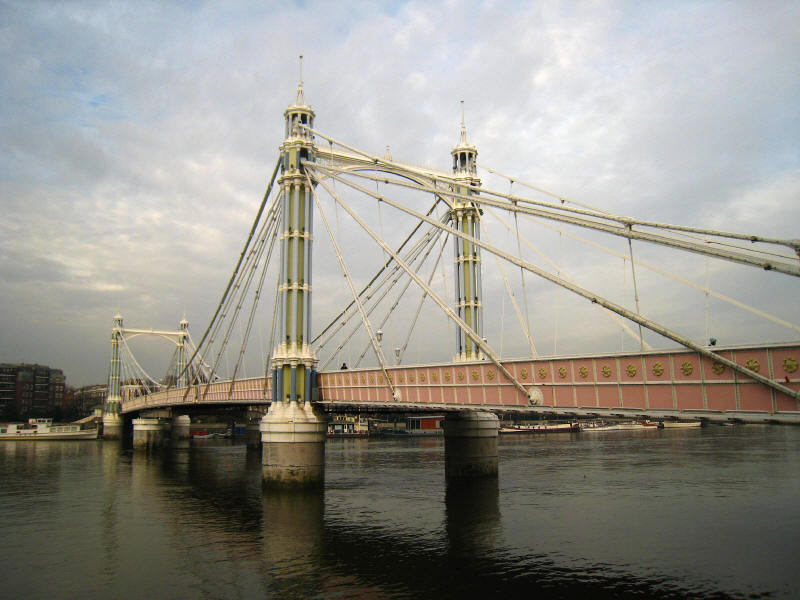
The delicate Albert Bridge, opened in 1872/3, originally a rigid suspension
bridge, modified in 1884 by Sir Joseph Bazalgette to be more like a cable-stayed
bridge, and in the 1970s gaining the central supports to add further to the
mixture of styles.
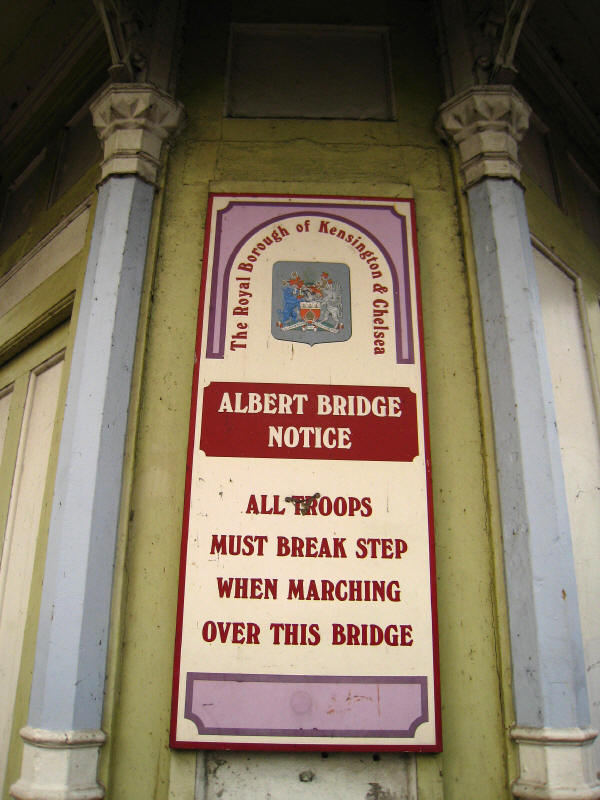
An unusual notice, aimed at the troops of nearby Chelsea Barracks. The bridge is
weak, and there were concerns that resonance effects caused by soldiers marching
in step could damage the bridge.
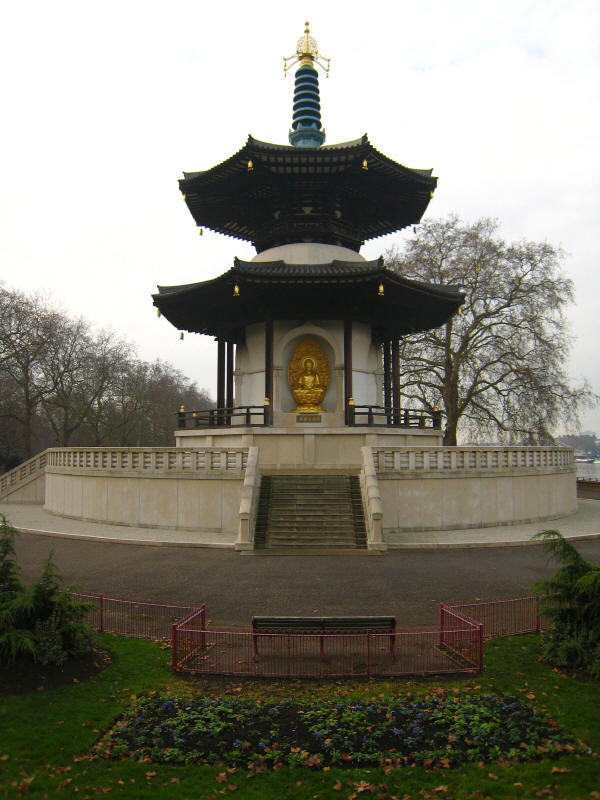
We then walk through Battersea Park, which includes the London Peace Pagoda,
built by the Buddhist Nipponzan Myohoji Order.
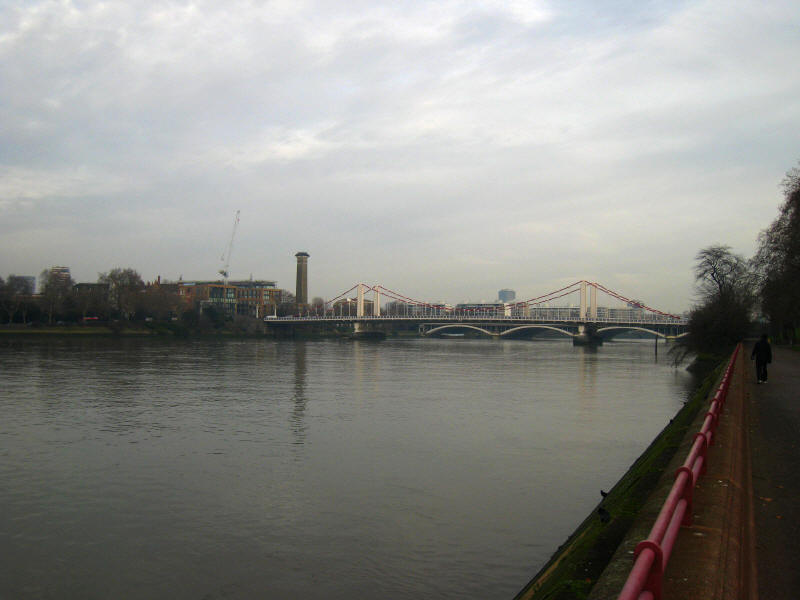
Chelsea Bridge (with Grosvenor Bridge beyond it), before we turn away from the
river, continuing through Battersea Park. The Thames Path is making its way
around Battersea Power Station, but we leave it a roundabout and continue to
Queenstown Road station for the start of our journey home.
Total walk 19.5 km in 3 hours 53 mins including link walks to railway stations
and diversions, covering 17.1 km of the Thames Path.
 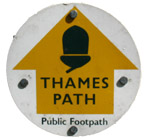

|